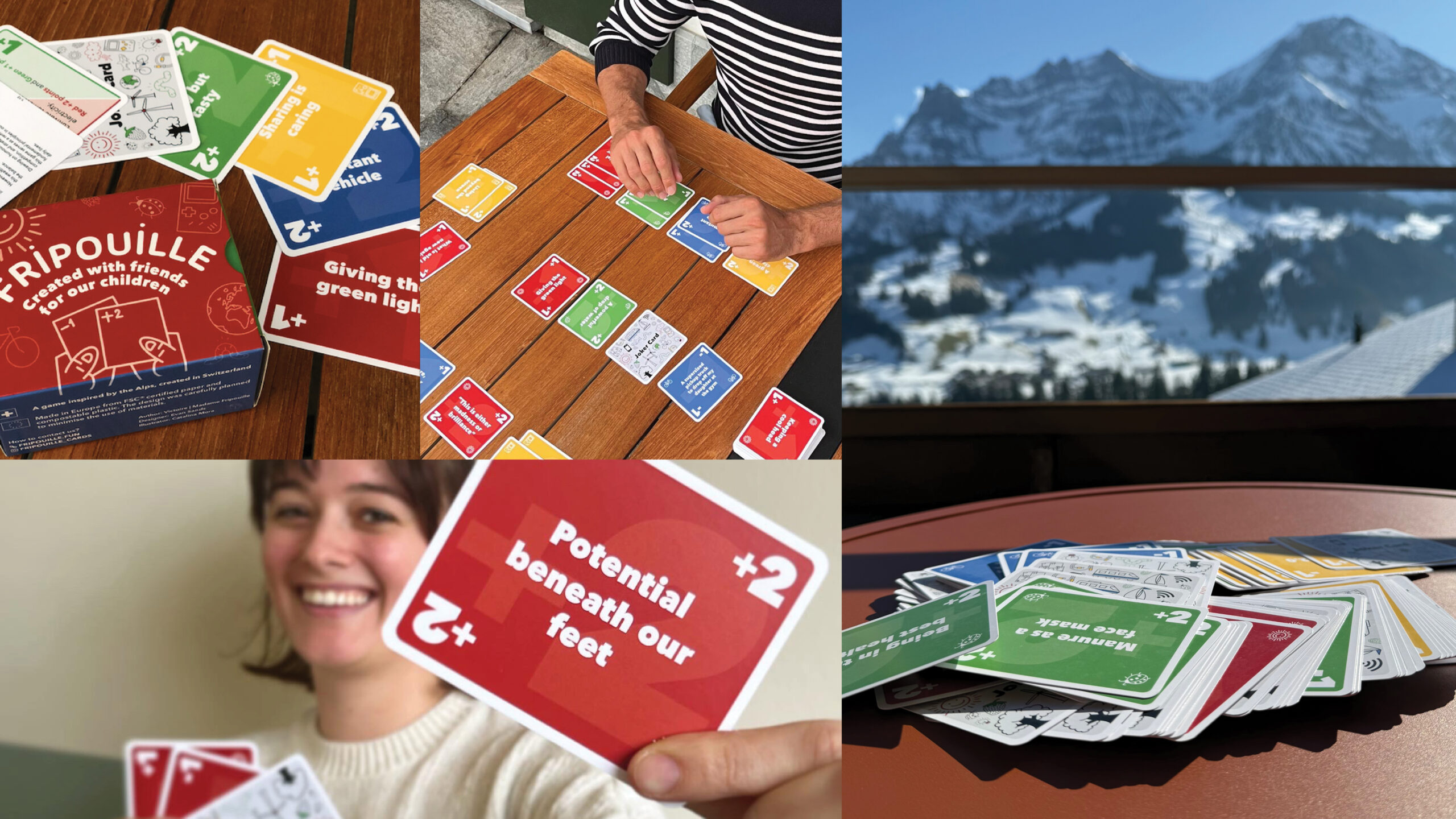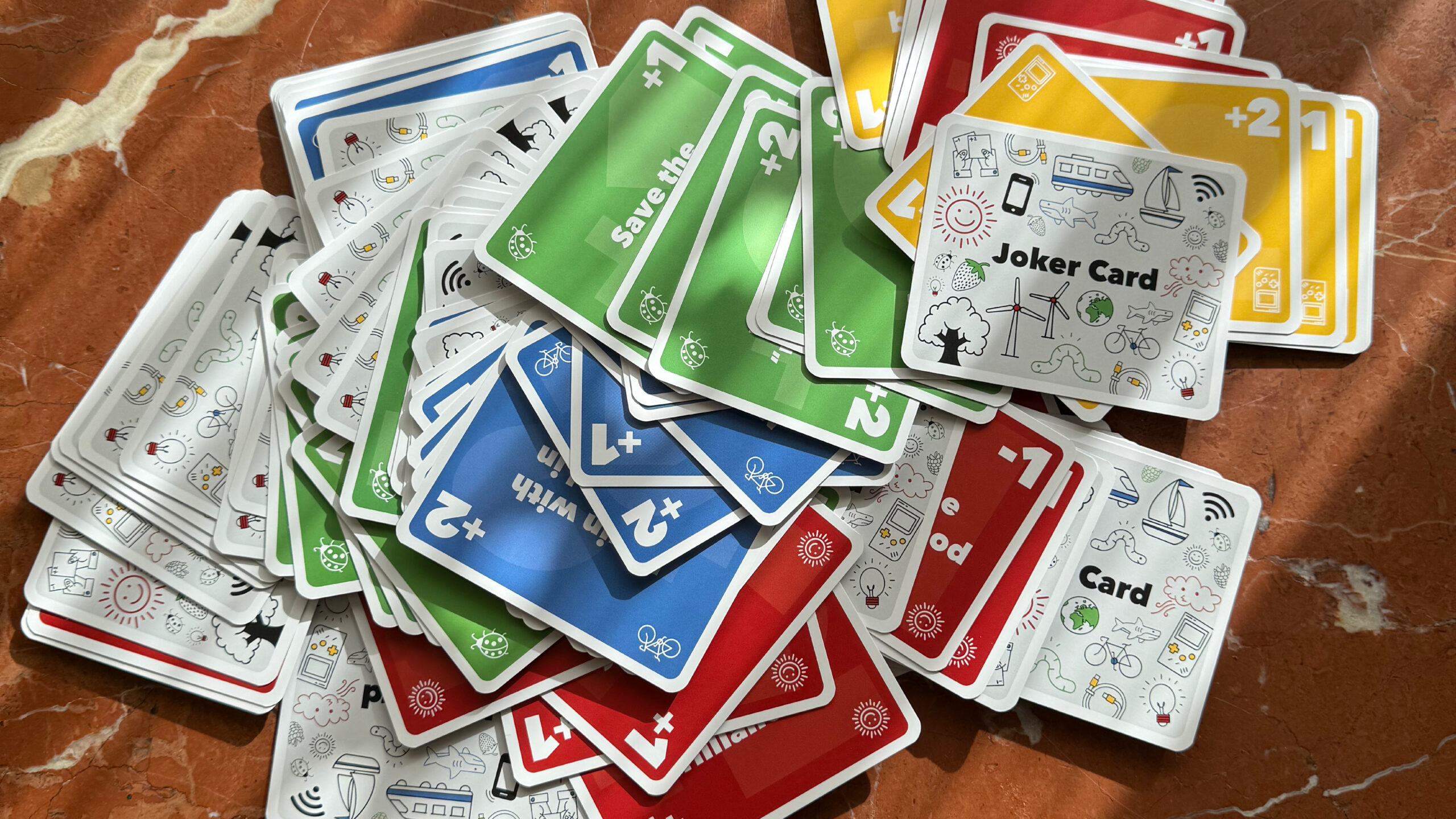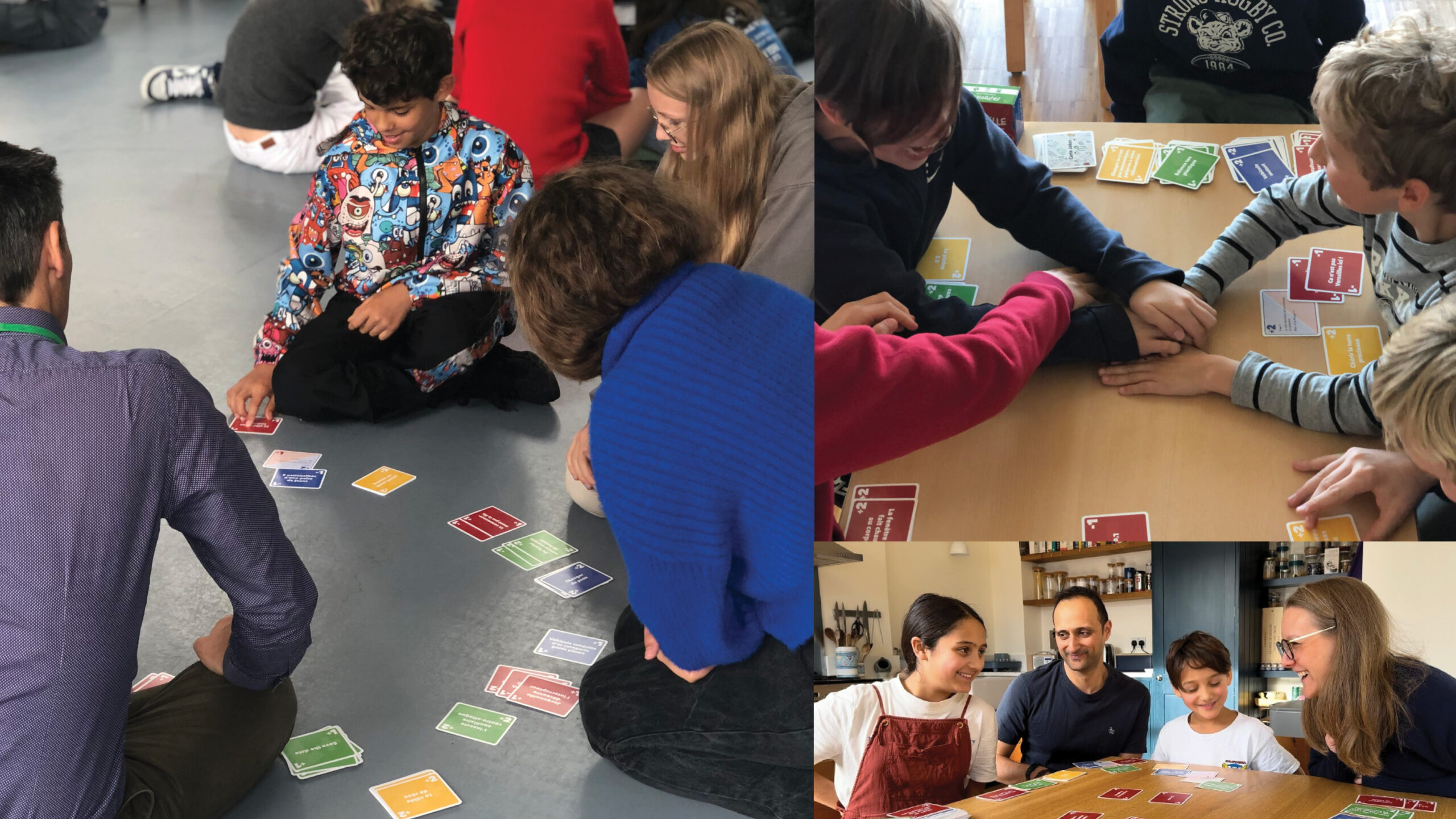Leveling Up Sustainability: The Power of Gamification
In a world increasingly affected by environmental changes, educating people—both young and wise—about sustainability has become essential. Yet, a key question remains: how can we effectively introduce and frame abstract concepts like climate change, renewable energy, and waste reduction?
This question highlights the critical role of the narrative: What content should we communicate? How should we communicate it? And which tone will best resonate, connect with an audience and inspire action?
A powerful and effective answer to this educational and communication challenge lies in gamification— a dynamic, interactive approach that is transforming not only how we speak about sustainability but also how we perceive it.
Quick reminder: What Is Gamification?
Gamification is, first and foremost, a communication strategy. Involving tools like simulations, leaderboards, challenges, and rewards to boost motivation.
When applied to sustainability education or outreach, gamification becomes a powerful tool to translate these complex concepts into accessible and tangible messages. More importantly, it allows to reframe positively sustainability — a source of hope for a bright future.
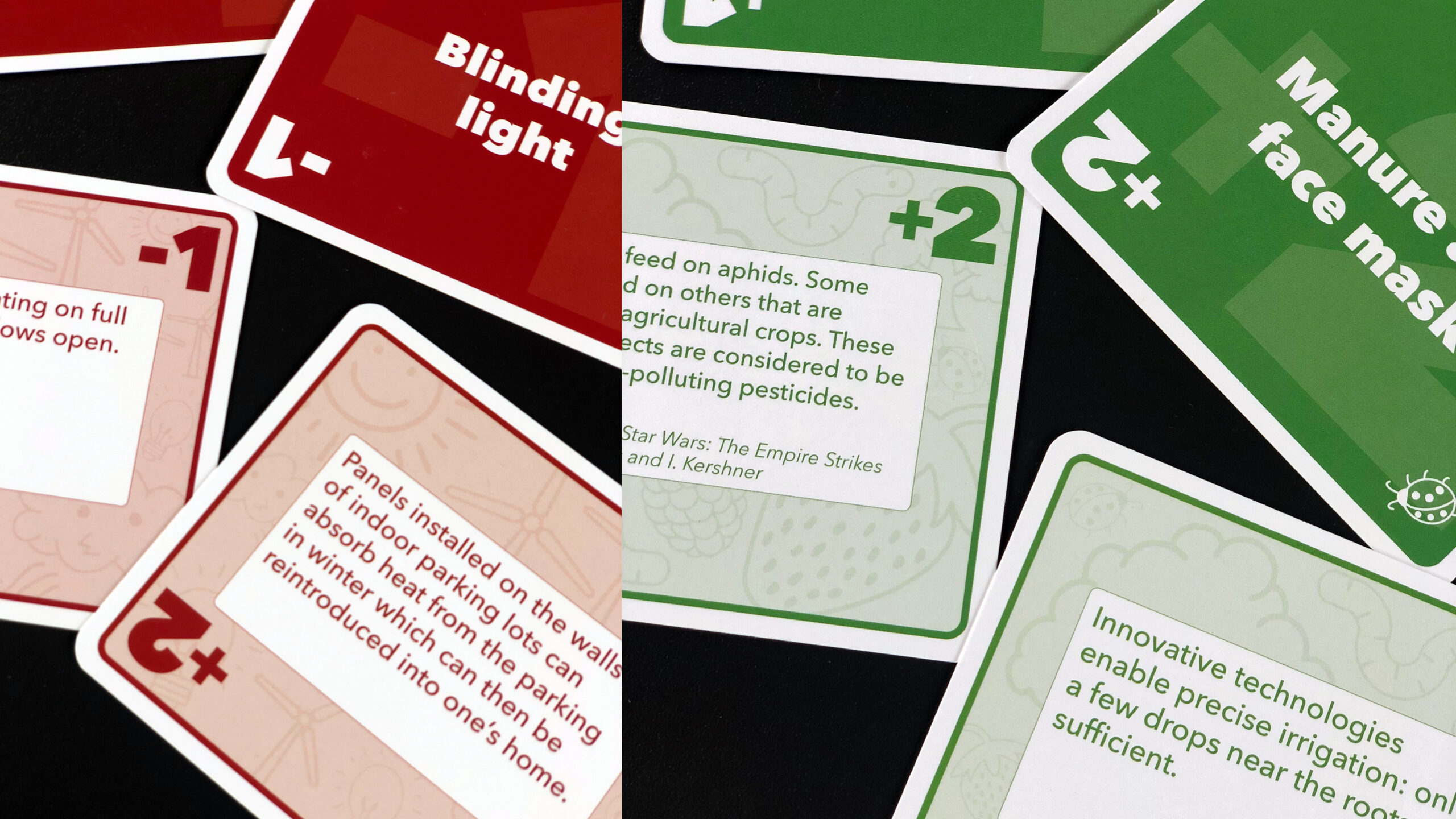
Why Gamify Sustainability Education?
Here are some of the key advantages:
Increases Engagement
Sustainability can sometimes feel like a heavy or overwhelming topic. Games lighten the load without diluting the message. By introducing elements of play, students are more likely to pay attention, participate, and stay motivated. They become active learners rather than passive listeners.
Promotes Long-Term Retention
When learners are emotionally involved in a game—whether through competition, achievement, or storytelling—they are more likely to remember the lessons. Repetition, feedback loops, and rewards reinforce knowledge and build habits.
Diversifying the Teaching Methods
Finally, learning through play makes it possible to diversify teaching methods. More agile and flexible, education can thus adapt to the different ways children learn.
Why Gamify Sustainability Communication?
When applied to B2C communication, gamification transforms passive audiences into active participants, encouraging interaction through challenges, rewards, etc. By tapping into people’s natural love for competition and achievement, brands can make sustainability messages more engaging, memorable, and shareable. This not only strengthens emotional connection but also drives consumer loyalty, as audiences associate the brand with positive, enjoyable experiences. In essence, gamification turns awareness campaigns into immersive journeys—where consumers aren’t just informed, but inspired to act.
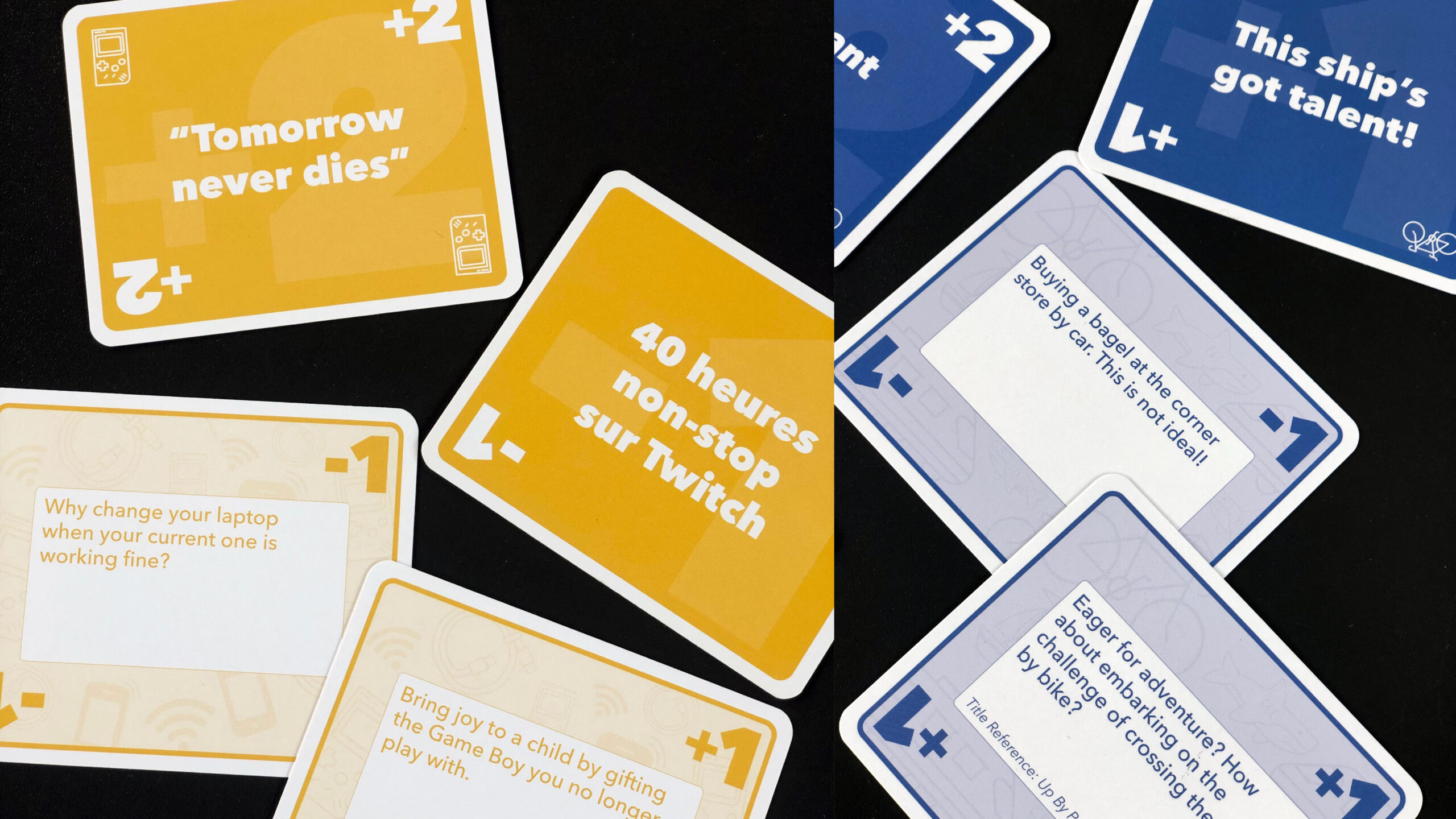
Our Recommendations
Fripouille is a fun, eco-conscious card game designed as an accessible introduction to sustainability. Competitive by nature, it challenges players to score the most points while completing all four thematic families: Energy, Transport, Agriculture, and Digital Technologies.
Last 25 minutes, from 2 to 6 players, 8 to 88 years old.
https://fripouille.fun/en/game/
Daybreak is a co-operative game about climate action. Each player controls a world power, deploying policies and technologies to both dismantle the engine of global heating and to build resilient societies that protect people from life-threatening crises.
Takes 60-90 minutes to play, for 1-4 players, ages 10+.
Final Thoughts
Gamification is not just a buzzword—it’s a bridge between information and action. By transforming sustainability education into a more interactive, personal, and enjoyable experience, gamification has the power to inspire a new generation of environmental stewards.
Whether you’re an educator, student, policymaker, or just a curious learner, embracing gamification could be the key to unlocking deeper understanding and lasting impact in the fight for a sustainable future.
